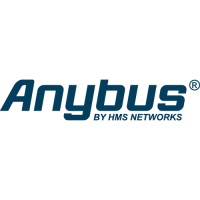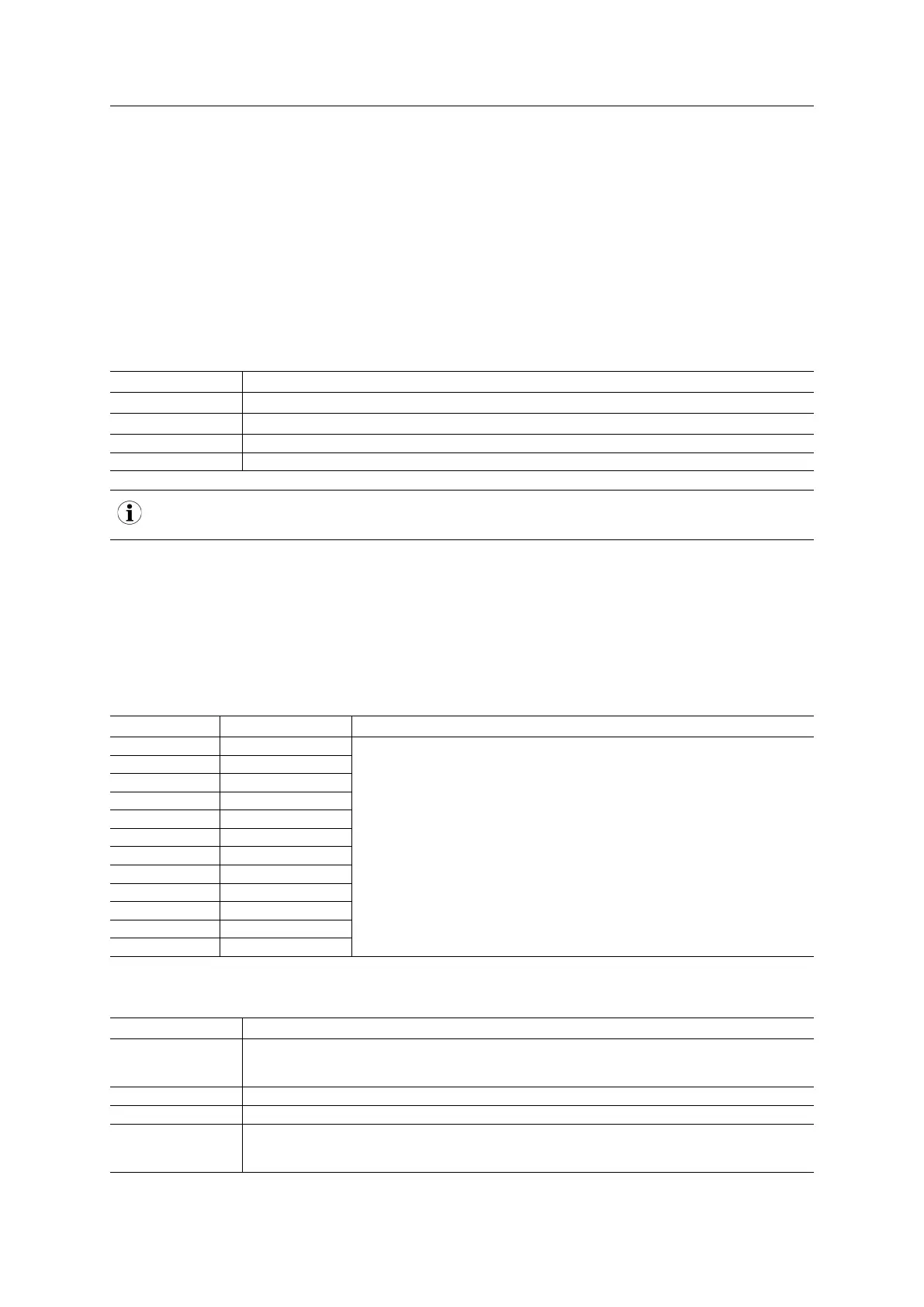Host Application Objects 171 (258)
AM_Location
Asset management include two concepts of how to locate an asset; “Twelve level tree format” and “Slot- and
Subslot number format”.
Location Concept: Slot- and Subslot Number
In case of a remote IO device the location of a component (e.g. rack module) is clearly defined by the slot of
the IO device. Other components may span several slots, such as a backplane, or several subslots, such as
a terminal block. This means each asset can be located by “BeginSlotNumber/BeginSubslotNumber” and
“EndSlotNumber/EndSubslotNumber”.
For this concept the following parameters have to be considered:
Array index Description
0 BeginSlotNumber
1 BeginSubslotNumber
2 EndSlotNumber
3 EndSubslotNumber
It is important that the defined slot-/subslot numbers (i.e. BeginSlotNumber, EndSlotNumber, BeginSubslotNum-
ber and EndSubslotNumber) are present in the Real Identification. This is checked at conformance testing.
Location Concept: Twelve Level Tree Format
In case of a remote IO device the location of a component is clearly defined by the level information. The
Twelve level tree format may be used for modular devices with hierarchical device structure. This means each
asset can be located by a level number 0-11 (e.g. x.y.z level notation). If LT format is used a value must be
provided at least for level 0. If a shorter array is supplied value 03FFh is implied for the missing levels.
For this concept the following parameters have to be considered:
Array index Description Value
0 Level 0 0000h - 03FEh: Address information to identify a reported node
03FFh: Level not used
0400h-0xFFFFh: Reserved
1 Level 1
2 Level 2
3 Level 3
4 Level 4
5 Level 5
6 Level 6
7 Level 7
8 Level 8
9 Level 9
10 Level 10
11 Level 11
AM_DeviceIdentification
Array index Description
0 Organization (0=PI)
0: Must be used
1–FFFFh: reserved
1 Vendor ID
2 Device ID
3 Device Sub ID:
0: Must be used
1–FFFFh: reserved
Anybus
®
CompactCom
™
40 PROFINET IRT Network Guide SCM-1202-023 EN 1.8

